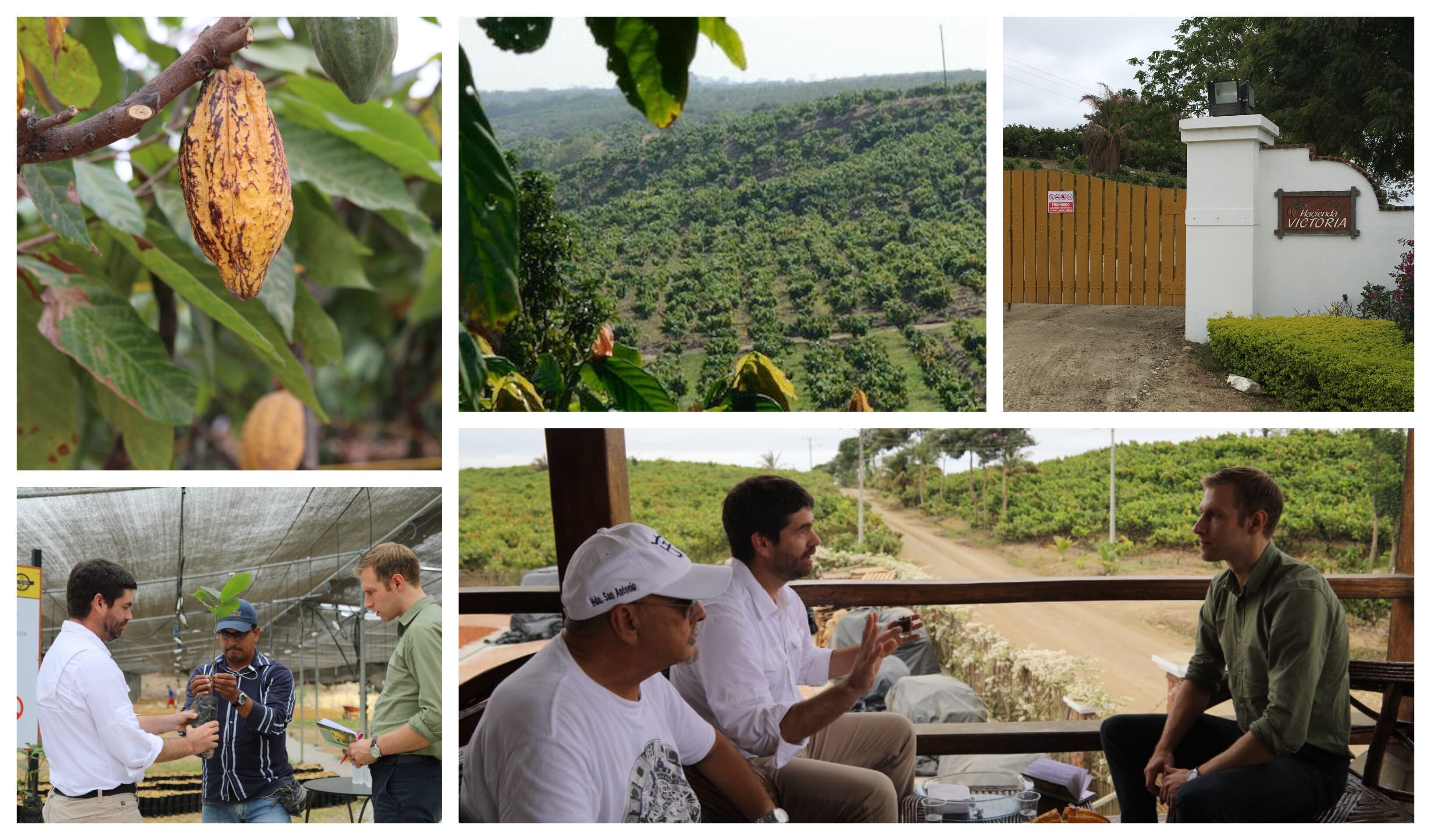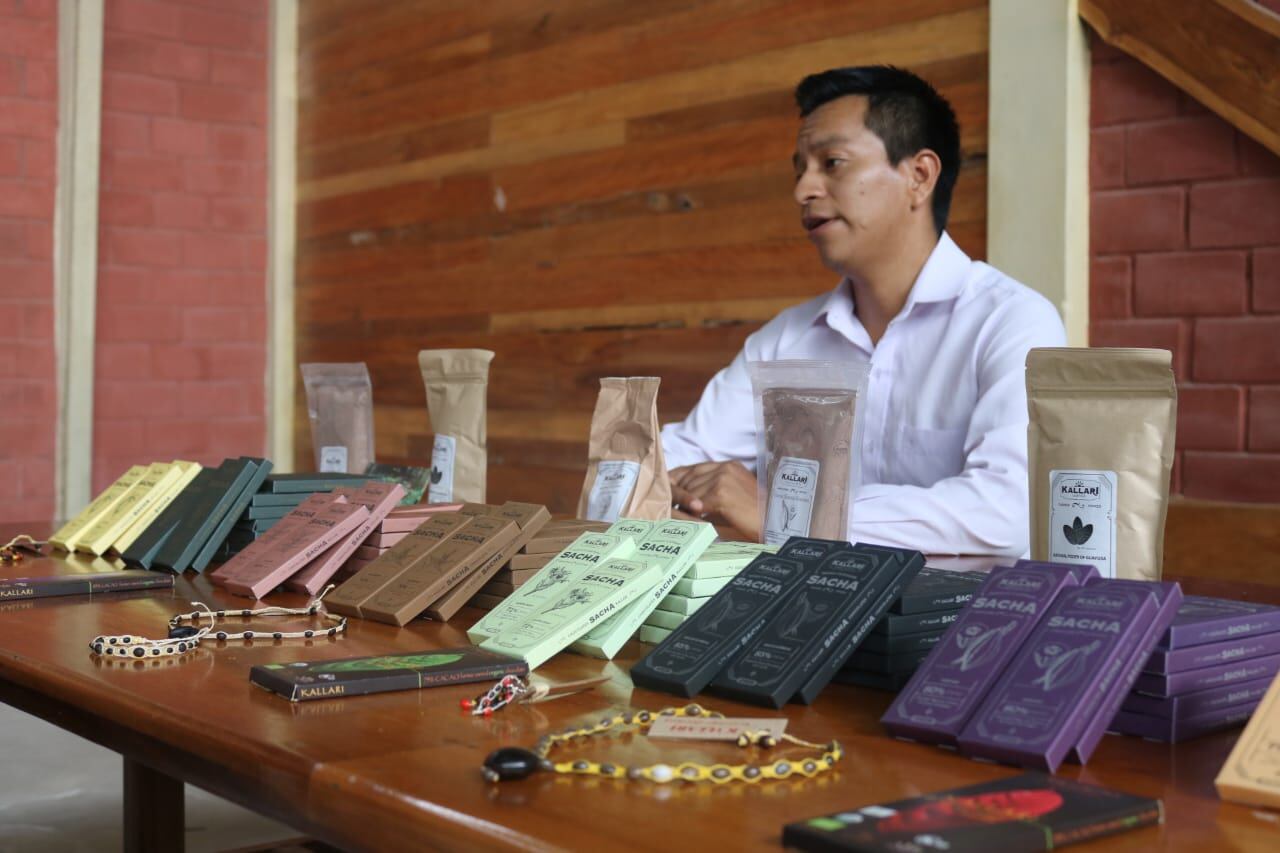The 700-hectare (ha) commercial plantation near Guayaquil is promoting "cities of fine flavor cocoa" across Ecuador.
It is distributing fine flavor cocoa seedlings for free and hoping smallholders will group together to control processes, using Hacienda Victoria as a model.
The company - which grows only Arriba Nacional fine flavor cocoa - will also commercialize two new fine flavor varieties next year.
Never before found in chocolate
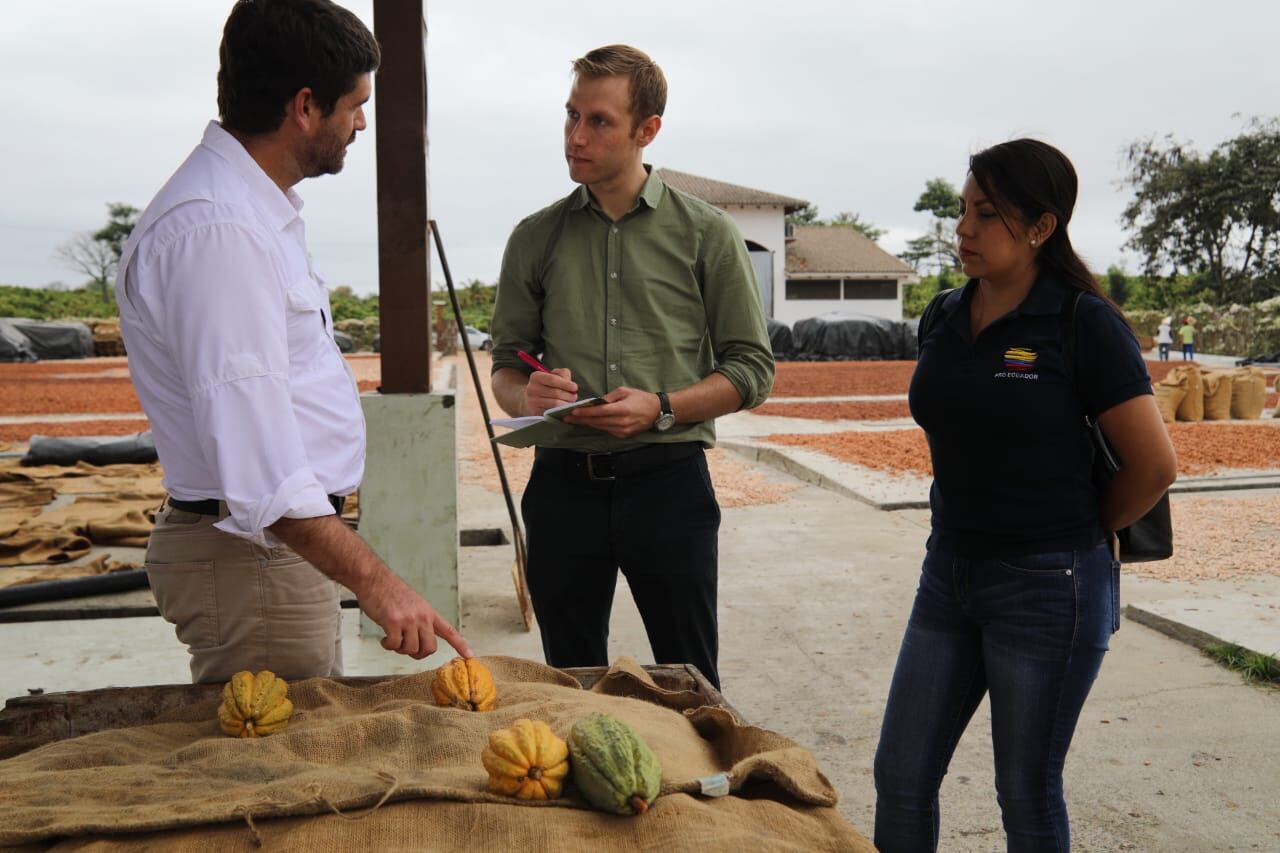
Hacienda Victoria currently exports only Arriba varieties, but will commercialize two new varieties – Perla and Cerecita - from next year, which have never been used as single variants in chocolate before. The company claims chocolate made with the varieties require no additives such as vanilla.
Andres Guzman, executive director of Hacienda Victoria, told this publication his company will introduce more lost varieties and prove to smallholder farmers fine flavor cocoa is a viable alternative to CCN-51.
Attack of the clone or a scientific breakthrough?
Cocoa variety Coleccion Castro Naranjal (CCN-51) was invented in the 1960s by Homer Castro.
It took a while to take off, but gained notoriety for being high-yielding and more resistant to fungal diseases.
The clone started a new boom in Ecuadorian cocoa in the 2000s after Witches’ Broom disease hit Ecuadorian cocoa in the early 20th century and El Niño repercussions devastated the Nacional crop in 1997/98.
CCN-51 divides opinion. Hardman Agribusiness in 2015 called it the “the best known cacao variety in the world”, while Pierre Costet, taste masters division at Valrhona, labelled it a “disaster for Ecuador” that diminishes quality and price.
Hacienda Victoria’s Guzman said CCN-51 has bettered lives and helped the country.
Arriba and CCN-51 balance
A 2015 report from the US Department of Agriculture (USDA) said CCN-51 accounted for 36% of annual Ecuadorian cocoa production, just behind leading variety Arriba Superior Época/Nacional (37% of production). Guzman estimates CCN-51 now accounts for 80% of Ecuador’s annual production.
However, he said Hacienda Victoria has proven smallholder cocoa farmers now have a second option to plant fine flavor.
Fine flavor equally high-yielding: Hacienda Victoria
A 2015 USDA report called CCN-51 “a higher producing, but lower organoleptic quality clone” compared to Arriba Nacional.
But Guzman said fine flavor can achieve the same yields as CCN-51 under the right conditions, contrary to widespread belief.
“Fine flavor was never introduced to technology” said Guzman, during a tour of his plantation.
“But the yield potential of fine flavor cocoa is the same as CCN-51,” he said.
Guzman estimates CCN-51 has a potential for 2 metric tons (MT) annual productivity per ha, but speculates 100-200 growers at most achieve such yields, while a handful of growers reach 3 MT per ha.
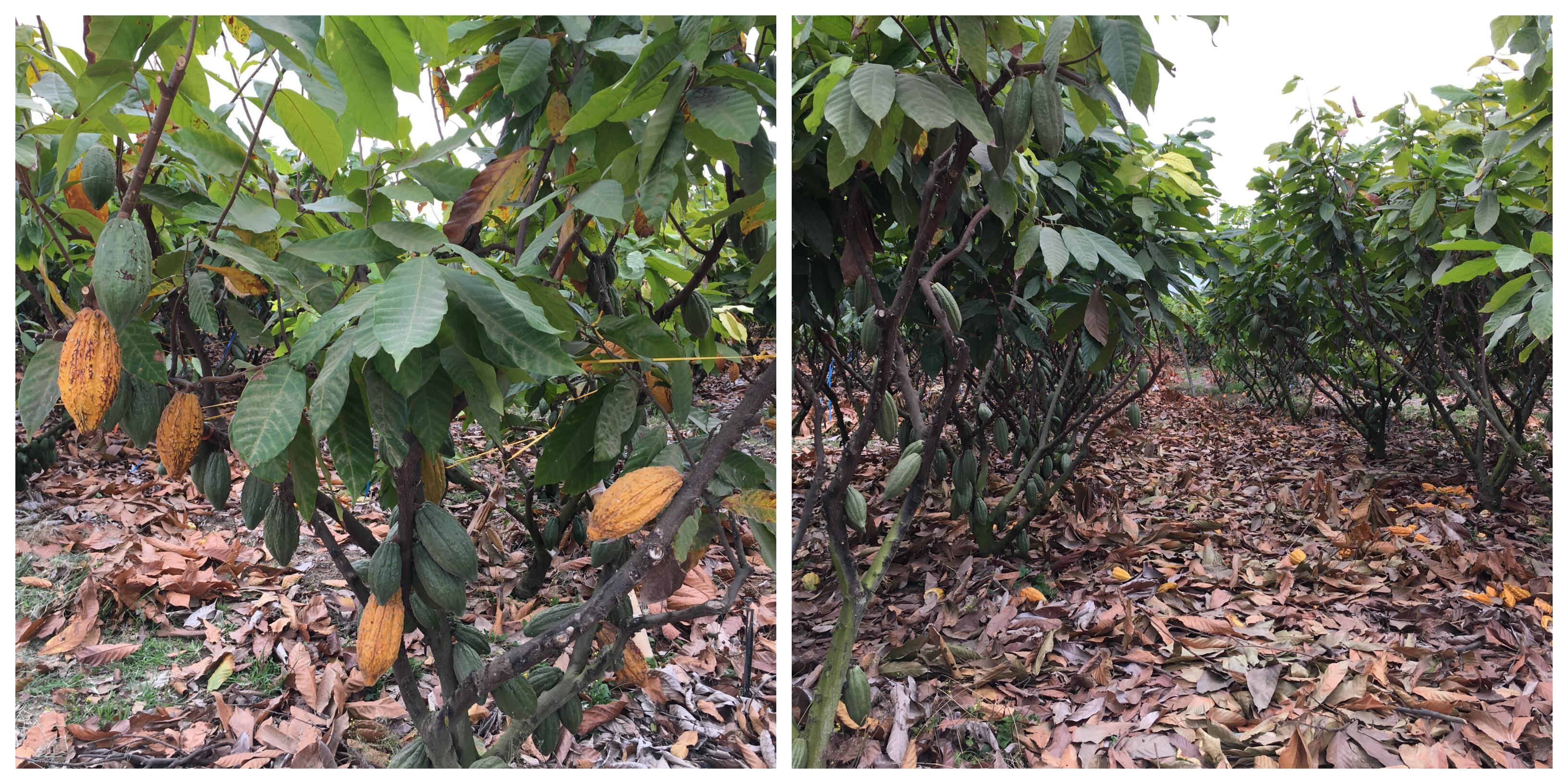
He said CCN-51 was introduced by business people with irrigation at the optimal time to achieve its high-yielding reputation.
Fine flavor at the time was still grown by smallholders without access to technology and achieved annual yields of around 0.3 MT per ha per comparison, he said.
Andres Guzman and CCN-51
Andres Guzman had a 200-hectare CCN-51 plantation when he was 30. The CCN-51 plantation is next door to Hacienda Victoria and is now owned by Bean & Co.
Hacienda Victoria has matched the yields of CCN-51 with fine flavor cocoa and suggests smallholders can do the same if they group into organized, centrally managed clusters and control genetics, crop management, fermentation and drying.
According to Guzman, such a model would be more beneficial for smallholders in the long-term as fine flavor has potential to fetch a 20% premium against the market price, while their bargaining power would increase as a collective.
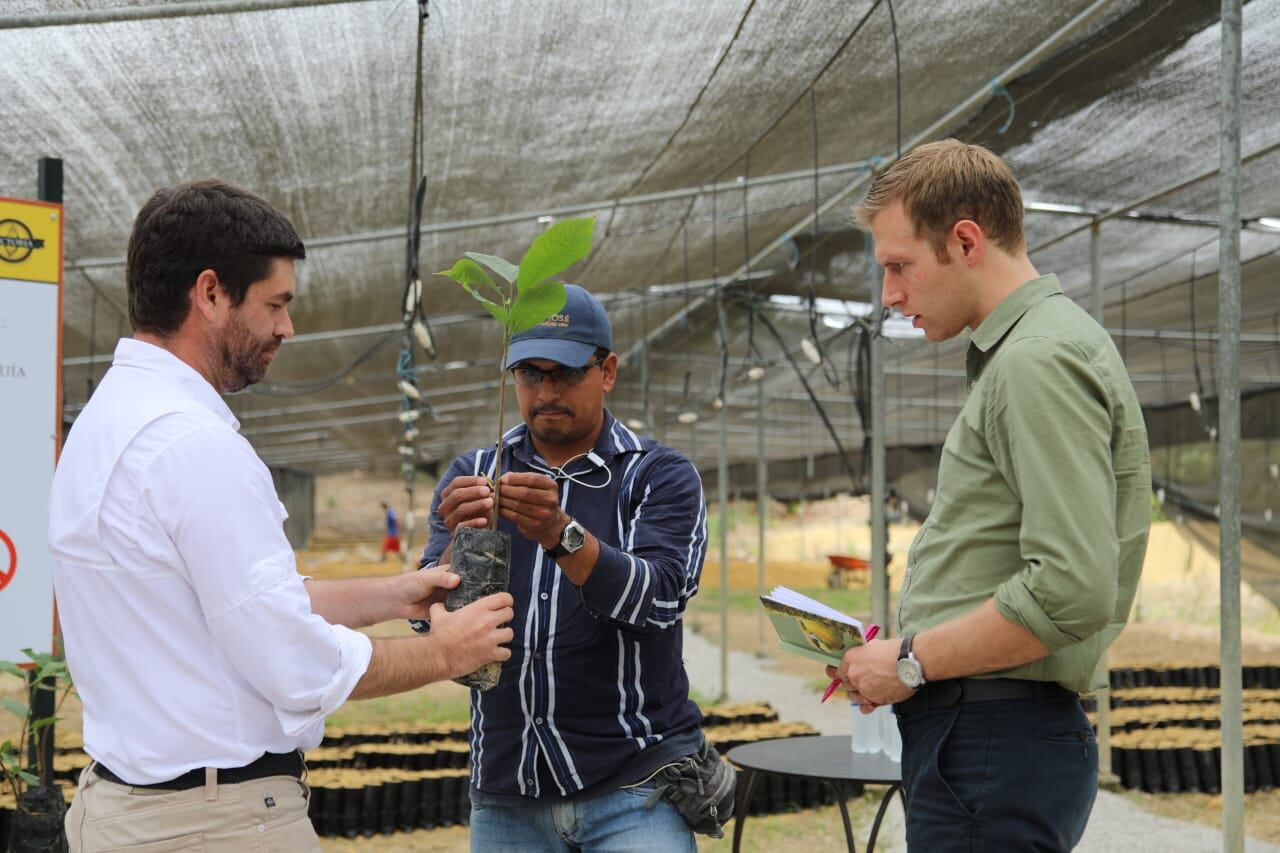
Government collaboration
Hacienda Victoria started to collaborate with the Ecuadorian government to promote fine flavor three years ago.
Background Reading

It has since distributed 10m fine flavor cocoa seedlings, of nine Nacional varieties, from its nursery to smallholders for free. The plants will start to be productive in two years.
The company envisages 5,000 ha plantations, where each farmer has 5 ha each, under a central irrigation system with controlled fermentation managed by an elected administrator.
“It will be a city of cocoa,” said Guzman.
Kallari Chocolate, a social enterprise comprised of 850 cocoa farmers, operates a similar model and even produces its own chocolate.
‘It’s an identity thing’
Guzman’s Uncle, Carlos Garcia, owner of the biggest household supplier in Ecuador, La Ganga, entered cocoa with Hacienda Victoria in 2010 to resurrect Ecuador’s lost fine flavor varieties of the early 20th century.
“It’s a business and we want to make money, but it’s also about this philosophy,” said Guzman. “Nacional is a national patrimony in Ecuador. For us it’s an identity thing for the country.”
The quality conundrum
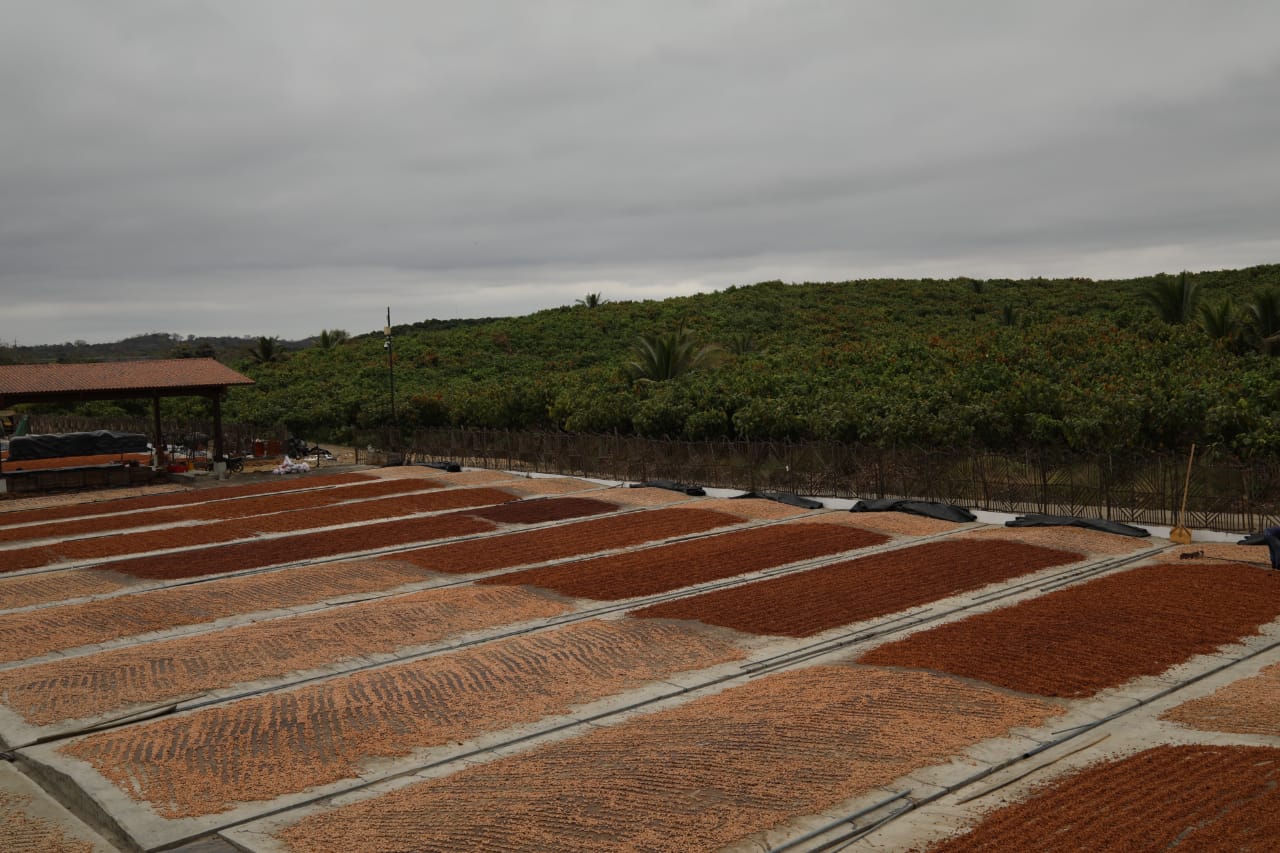
Chocolate makers may struggle to achieve flavor continuity when sourcing from smallholders, according to Hacienda Victoria
Smallholders grow different varieties, maybe mixed with CCN-51, and will each ferment and dry differently with varying crop management styles.
Guzman said a bean-to-bar chocolate maker could buy from just one smallholder farmer achieving 1 MT per ha, but if the brand becomes successful it cannot scale.
Hacienda Victoria encourages smallholders to form associations and centrally manage Nacional cocoa cultivation by allocating volumes.
It claims they will be rewarded with premiums for full traceability and continuity in quality.
Price barrier
But success will depend whether the chocolate industry breaks the $3,000 per MT ceiling for cocoa, which has so far been elusive.
Hacienda Victoria exports directly to European countries such as Italy, Belgium and Germany and has seen high demand in Japan
But Guzman said: “Nothing is being done with the big players.”
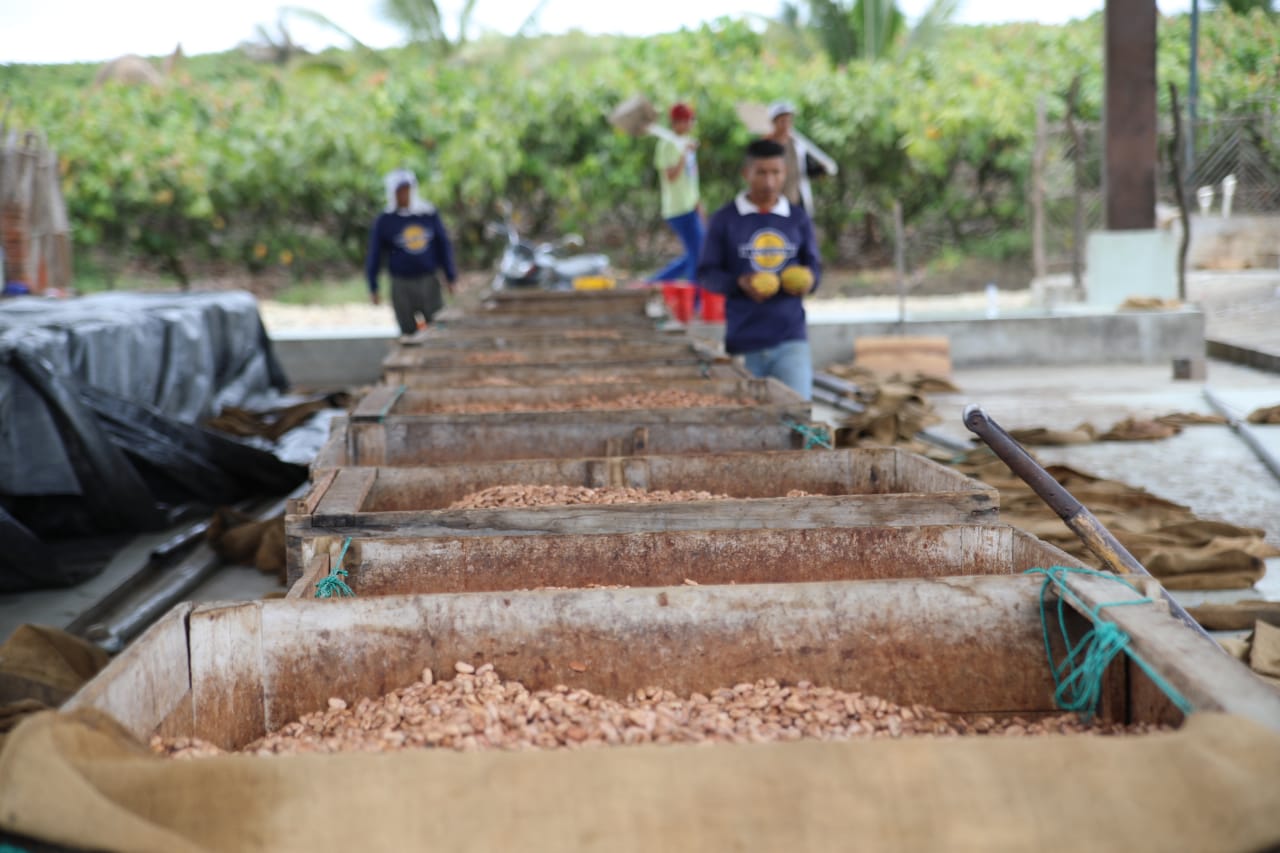
Some of the big players have made inquiries or even visited the plantation, but are hesitant about price, which is at least $2,000 per MT above the global market.
But Guzman said chefs are inspiring “a new movement” for quality chocolate and cocoa products.
Jordi Roca - who won our sister publication The Restaurant Magazine’s inaugural World’s Best Pastry Chef - is making chocolate using beans from Hacienda Victoria. His three Michelin star restaurant El Celler de Can Roca has twice won the World’s 50 Best Restaurants.
Guzman hopes this trend for single-plantation chocolate will eventually spread to the big brands.
“CCN-51 started in 1970 and took 30 years to position itself,” said Guzman. “It started like we are starting.”
Cocoa vineyards: R&D with top five chocolate player
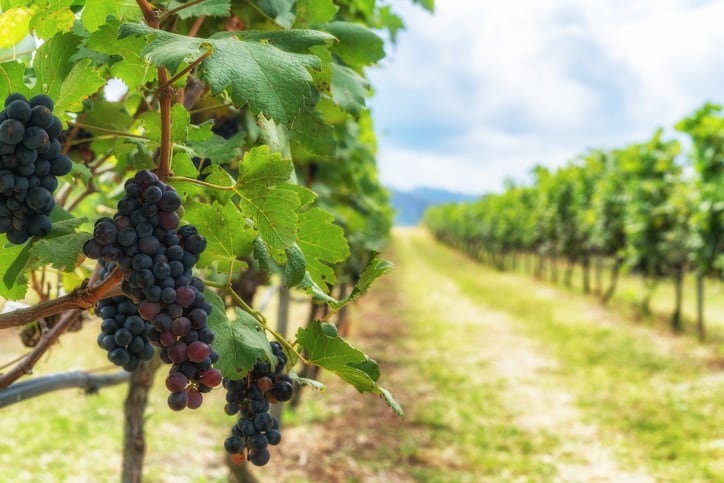
Hacienda Victoria is working with nine fine flavor cocoa varieties and is analyzing a further 100, some of which are non-fine flavor.
It is analyzing 100 varieties and has planted 10 trees per variety, which are now four years old.
The plantation’s research plot is in collaboration with one of the world’s top chocolate companies. This includes growing cocoa in viticulture systems used in the wine industry, which has never before been trialed.
The vineyard plot is a year old and Hacienda Victoria hypothesizes it will produce higher yields than conventional methods.
Lumina Intelligence

The author of this article is an analyst for Lumina Intelligence Sustainability, a market insights service providing analysis on the sustainable sourcing of cocoa, coffee and tea.
The subscription service from William Reed helps companies, suppliers, NGOs, governments and academics strengthen programs, target research efforts and gauge demand for ethical products in e-commerce.
The online platform, set to launch in January 2019, is comprised of four elements:


